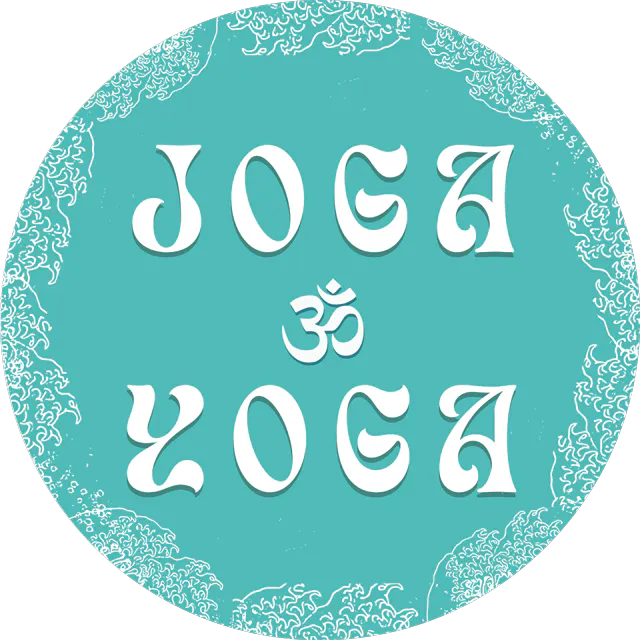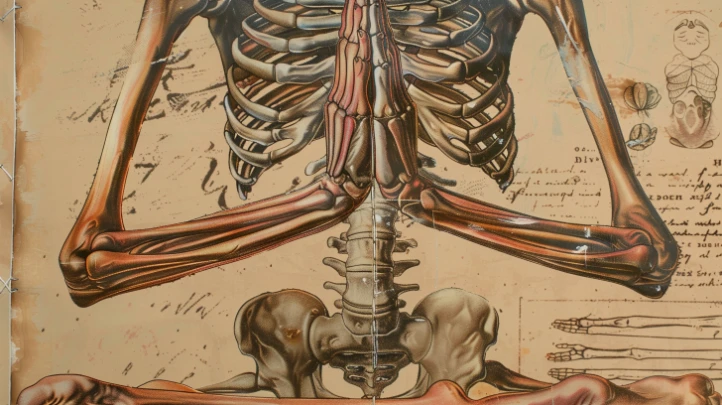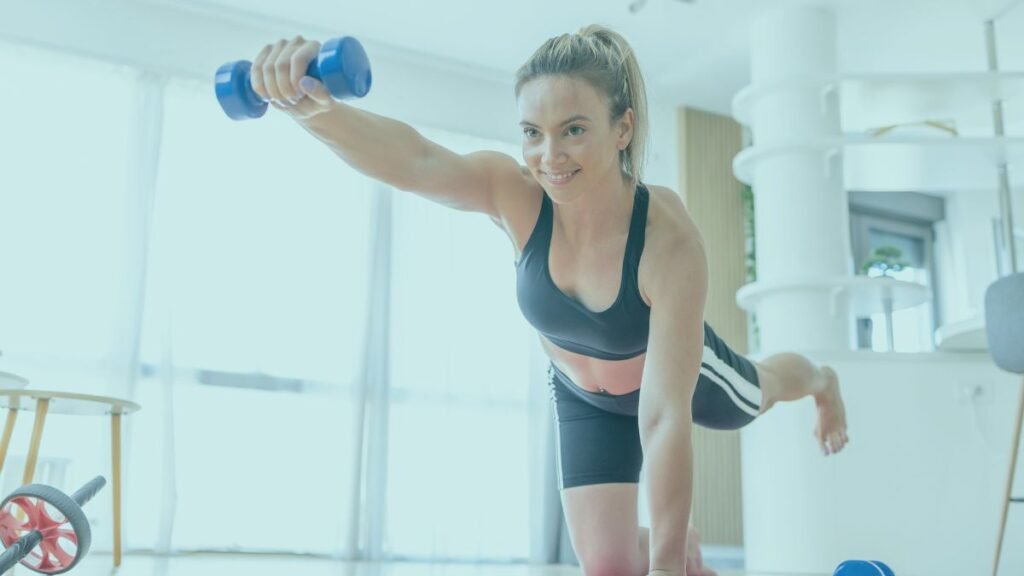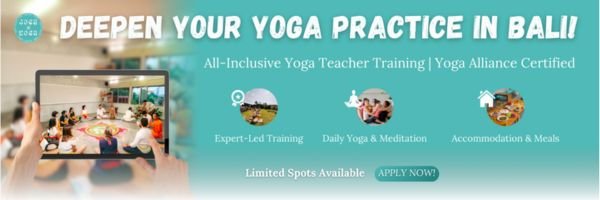Elite athletes who practice yoga gain flexibility, reduce injuries, and improve recovery and focus—ideal for integrating into modern training programs.
What Is Yoga for Athletes and Why It Matters?
Yoga for athletes is a recovery and performance enhancer, combining flexibility, balance, breathing, and mental clarity—without sacrificing strength or intensity.
Most athletes overtrain. Yoga gives them the mobility and mindfulness they skip. It’s not stretching. It’s strategic tension release, posture correction, and core control. The best part? You don’t need hours. Just 20–30 minutes of focused movement can unlock stiff hips, decompress your spine, and reset your nervous system after hard training.
Top Benefits of Yoga for Athletes:
- Improved range of motion (hips, shoulders, spine) for fluid movement
- Reduced injury risk by balancing underused and overtrained muscle groups
- Sharper mental focus from breath control and meditation
- Faster recovery from workouts via parasympathetic activation
- Better posture and symmetry to prevent overcompensation injuries
Quick Comparison Table: Yoga vs. Traditional Training Add-Ons
| Feature | Yoga | Static Stretching | Massage Therapy |
| Flexibility | Dynamic & long-lasting | Temporary | Passive |
| Mental Focus | Breath-driven | Absent | Minimal |
| Recovery Activation | Boosts parasympathetic state | Limited | Good but short-lived |
| Accessibility | Can do daily, anywhere | Basic | Requires therapist |
Real-world example: NFL pros like Aaron Rodgers and NBA stars like LeBron James swear by yoga. Seattle Seahawks reportedly included mandatory yoga in their Super Bowl run season training.
Which Science‑Backed Benefits Do Athletes Get from Yoga?
Yoga delivers real, measurable gains in flexibility, balance, posture, mindfulness, and recovery in athletes—far beyond just stretching.
✅ Key Findings from Research:
- A 12-week yoga intervention (2×/week, 90 min classes) in collegiate athletes significantly improved Functional Movement Screen (FMS) scores: deep squat, shoulder mobility, and trunk stability moved from dysfunctional to functional levels. Mindfulness scores also rose sharply.
- A quasi-experimental trial with shooting athletes practicing yoga twice weekly over 6 weeks saw statistically significant improvements in balance and flexibility versus controls.
- Yogic interventions spanning 6–8 weeks (40–45 min/day, 5 days/week) across multiple studies showed consistent increases in flexibility, muscular endurance, and respiratory fitness in sports college athletes.
Summary Table: Science‑Backed Benefits for Athletes
| Benefit | Study Context | Outcome |
| Functional Movement | 12‑week yoga/collegiate athletes | Improved FMS deep squat, shoulder & trunk stability. |
| Balance & Flexibility | 6‑week biweekly sessions | Statistically significant gains over control group. |
| Strength Endurance | 8‑week yogic package at sports school | Higher push‑up and squat counts vs. control group. |
| Cardiorespiratory Fitness | 6‑week daily Hatha yoga | Increased respiratory endurance, reduced body fat. |
Why This Matters:
- Balance & FMS improvement directly supports injury prevention.
- Respiratory and core endurance support sport-specific demands.
- Flexibility and alignment enhance technical form and reduce strain.
How Breathing (Pranayama) Enhances Focus & Lowers Cortisol
Focused breathwork like alternate-nostril breathing (Nadi Shodhana) immediately calms the body, lowers cortisol, and sharpens attention.
What the Science Shows
- Yoga styles such as Hatha, Vinyasa, and Ashtanga practiced regularly in athletes produce measurable stress reduction, improved heart-rate variability, and decreased cortisol levels.
- A 12-week yoga regimen with integrated breathwork and meditation lowered cortisol and inflammation markers significantly in adults.
- Alternate-nostril breathing activates the parasympathetic nervous system, reduces blood pressure and heart rate, and balances attention—ideal for athletes before training or games.
✅ Benefits for Athletes
- Reduced cortisol levels help prevent burnout and support recovery.
- Better attention and focus from balanced brain hemisphere activity during breathing cycles.
- Improved respiratory endurance, especially beneficial for swimmers and endurance athletes.
Practice Guide: Nadi Shodhana (Alternate-Nostril Breathing)
- Sit upright.
- Use your right thumb to close the right nostril. Inhale slowly through the left.
- Close the left nostril with your ring finger, release the right, and exhale through the right.
- Inhale through the right, then close it, open and exhale through the left.
- Continue alternation for 5 minutes, maintaining a slow, steady rhythm.
Pro tip: Repeating this for 5–10 minutes before practice or rest helps activate the relaxation response and enhances focus.
What Yoga Sequence Should an Athlete Do?
A smart yoga sequence for athletes combines dynamic warm-up poses, deep stretches, and recovery-focused breathwork—no fluff, all function.
You don’t need 90 minutes of studio yoga. What you need is targeted flow: poses that counter your sport’s repetitive stress. Whether you’re a runner, lifter, or team athlete, this quick rotation activates muscles, opens joints, and resets your nervous system.
🔄 Sample 3‑Day Weekly Plan for Athletes
| Day | Focus | Key Poses (with Mods) |
| Day 1 | Pre-training flow | Downward Dog, Warrior II, Plank, Cat-Cow, Low Lunge (use blocks if tight) |
| Day 3 | Deep stretch | Pigeon Pose, Reclining Twist, Supine Hamstring Stretch, Viparita Karani (legs up wall) |
| Day 5 | Breath + Recovery | Bridge Pose, Seated Forward Fold, Nadi Shodhana (5 min), Savasana |
Why this works:
- Downward Dog + Plank: Core and shoulder activation
- Pigeon + Viparita Karani: Deep hip and hamstring release, circulatory reset
- Breath + Savasana: Recovery, repair, nervous system calm
Joga Yoga’s Edge:
- Lena teaches sports-specific flexibility hacks.
- Nitish explains safe alignment and muscle sequencing.
- Gus Wira’s breathwork rounds out post-training calm—his students swear by it before game day.
You can do this entire flow in 20 minutes. No excuses. No fancy gear. Just a mat, your breath, and a bit of focus.
How Often Should Athletes Practice Yoga?
Aim for 3–4 yoga sessions per week—just 20–30 minutes each—for noticeable gains in flexibility, recovery, and mental clarity.
Why Frequency Matters
Athletes don’t need daily 90‑minute sessions. What they need is consistency.
Science backs this up:
- 2× per week of structured yoga sessions improved flexibility and Functional Movement Screen scores in college athletes within 12 weeks (MDPI, 2022).
- 3× per week of yoga + pranayama reduced delayed-onset muscle soreness and improved range of motion after high-intensity workouts (IJERMT, 2024).
Sample Weekly Split for Training Athletes:
- Mon (dynamic flow): Pre-lift mobility + breath
- Wed (stretch + recovery): Deep hip + hamstring release
- Fri (breath + focus): Nadi Shodhana, Savasana, intention setting
- Sun (optional): Restorative hold-based session or meditation only
Pro Tip: Breathwork counts. A 5-minute Nadi Shodhana or diaphragmatic breath session is a yoga practice if done mindfully.
How Joga Yoga Stands Out
Joga Yoga blends traditional practice with athlete-specific recovery in Bali’s most serene, focused environment—no gimmicks, just results.
What Sets Joga Yoga Apart?
- Functional Yoga for Real Bodies
At Joga Yoga, our instructors prioritize biomechanics and alignment. Lena focuses on dynamic flexibility and safe joint range—perfect for tight hamstrings, locked hips, and restricted shoulders. If you’ve dealt with training pain or stiffness, you’ll move better here.
Nitish helps students fix their posture and gait through muscle-specific mobility work, making yoga safe and strength-supportive—even if you’re dealing with old injuries. - Breathwork Backed by Physiology
Gus Wira fuses acupressure, pranayama, and sound therapy for real nervous system recovery. Athletes struggling with performance anxiety or sleep issues experience immediate calm—and measurable focus shifts. - Recovery-Focused Bali Experience
You’ll get access to Joga’s daily yoga schedule in Canggu, including ice-plunge therapy, sound healing, and flow classes tailored for restoration and mobility.- Daily sauna & cold plunge
- Excursion to Bali’s sacred water temple
- Vegan meals + massage = full-body reset
- Proven Results from Active Students
- A former netball player saw a 15° increase in hip rotation in 3 weeks
- A snowboarder eliminated low back pain after one full YTT cycle
- Runners and cyclists say the hamstring flow here saves their legs after long weeks
What Mistakes Should Athletes Avoid with Yoga?
The biggest yoga mistakes athletes make? Forcing flexibility, skipping breathwork, and using yoga as a warm-up stretch instead of active recovery.
Yoga isn’t “just stretching.” If you push too far, treat it like passive mobility, or ignore the breath, you’re leaving results—and injury prevention—on the mat.
⚠️ 5 Common Mistakes Athletes Make with Yoga:
- Chasing Deep Poses Instead of Smart Mobility
You don’t need to touch your toes. You need better internal hip rotation and shoulder flexion. That starts with form, not depth. - Skipping the Breath
Breath is the engine of yoga. Holding your breath in a pose = central nervous system overload. This isn’t lifting—inhale to lengthen, exhale to engage. - Overtraining with Advanced Classes
Athletes tend to go too hard, too fast. You don’t need power yoga after leg day. Start with a recovery-focused flow like the ones in Joga Yoga’s Yin and breathwork sessions. - Ignoring Props and Modifications
Blocks, straps, and walls aren’t crutches—they’re tools for joint-safe alignment. Every pro yogi uses them. If your ego says no, your joints will pay later. - Using Yoga Only as a Warm-Up
Pre-session yoga has benefits, but if that’s all you do, you miss the recovery, regeneration, and deep flexibility gains. Yoga should complete your training—not just precede it.
Bottom line: Yoga isn’t about how you look—it’s about how you move, breathe, and recover. Skip the ego, follow the breath, and let the gains stack up.
FAQ – Yoga for Athletes (2025)
Can yoga actually reduce sports injuries?
Yes. Studies show yoga improves joint mobility and muscular balance, directly reducing injury risk—especially in high-impact and repetitive-motion sports.
Source (MDPI, 2022)
How long does it take to see results from yoga?
Most athletes notice mobility and posture improvements in 3–6 weeks of consistent practice (3x/week). Mental benefits like focus and breath control show even sooner.
Do I need meditation if I’m only doing yoga for recovery?
Yes. Even 5 minutes of guided breathing or mindfulness improves sleep, sharpens focus, and reduces performance anxiety.
Is yoga safe for weightlifters, runners, or contact sport athletes?
Absolutely. Yoga builds strength and resilience. Just start with controlled sessions—like those offered in Joga Yoga’s recovery-focused Hatha & Yin classes.
What if I can’t touch my toes or sit cross-legged?
Then you need yoga. Props, modified poses, and breath-first mobility work make it accessible—and even more valuable—for tight, strong bodies.
Ready to transform your recovery and performance?
Book a class or training at Joga Yoga today and start unlocking the power of yoga for athletic performance—from the inside out.







